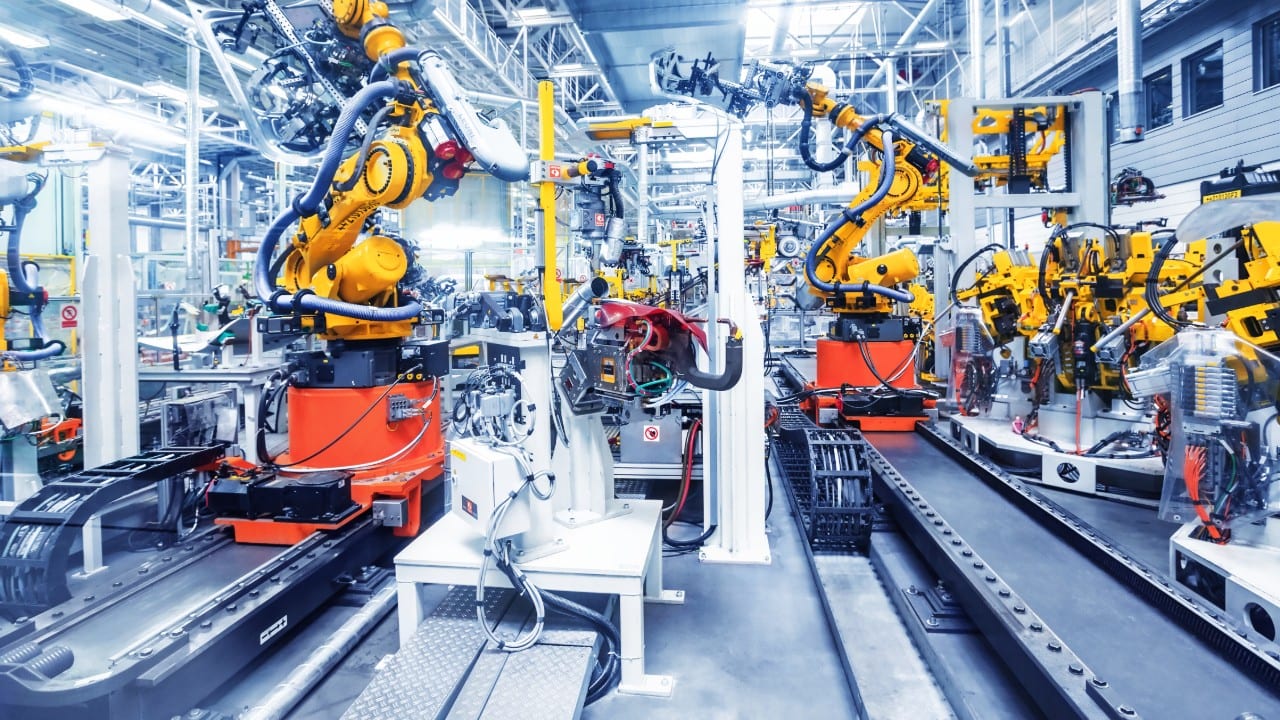RIO DE JANEIRO, BRAZIL – São Paulo’s industrial activity measured in production hours increased 3.3 percent in August against July, according to the São Paulo State Industries Federation (FIESP) conjunctural survey.
There was a 0.6 percent rise on the real sales volume and a 0.6 percent raise on the industry’s average real wages. The Utilization Rate of Installed Productive Capacity (NUCI) grew by 2.4 percentage points, to 76.9 percent, the highest rate since June 2015 (77.54 percent).
However, in 2020, the total production hours worked is still 10.4 percent lower than the same period in 2019. Also in the year-to-date, the average real wages dropped by 4.7 percent. Despite the advance, the NUCI is still 3.2 points below the historical average for the month, of 81.0 percent.

Sensor
The São Paulo industry entrepreneurs perceived improvement in their activities in September. The FIESP’s Sensor survey has registered an improvement in the sector’s overall activity index, which rose to 50.7 in the month, from 49.5 in August.
This is the first time since February in which the indicator exceeds the 50 points mark, which suggests activity growth, in the seasonally adjusted series. In the openings, two of the four components stood above this level.
The market sensor rose to 55.0 points, from 53.7 in August, showing an improvement in the performance sector of entrepreneurs. The sales index rose to 52.4 points, from 52.1 in August, signaling an increase in company sales.
At the other end, the employment index fell from 47.1 to 45.7, pointing to a reduction on the employment level in the month. The investment index rose from 44.7 to 45.9 but still points to a reduction in investments.
The stocks index rose from 49.3 to 52.5 points and signals stocks below the desired level in companies.
Source: InfoMoney

